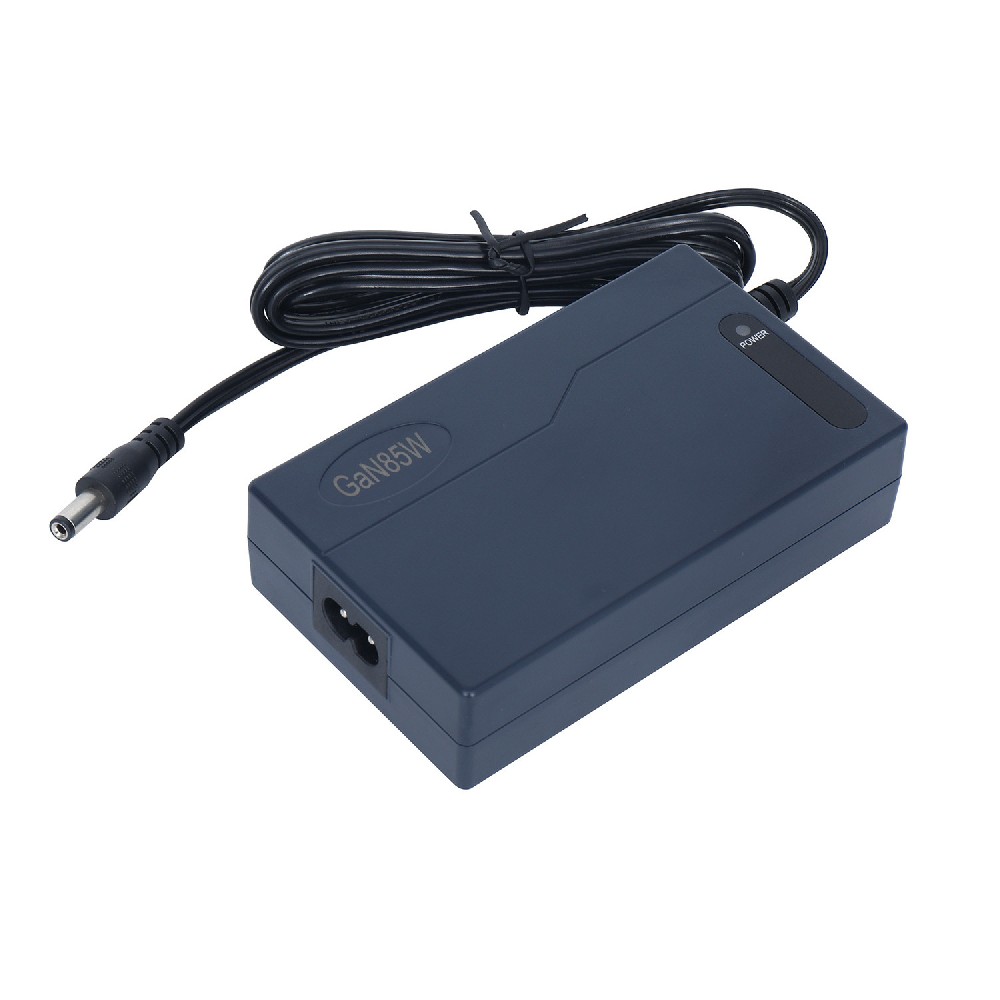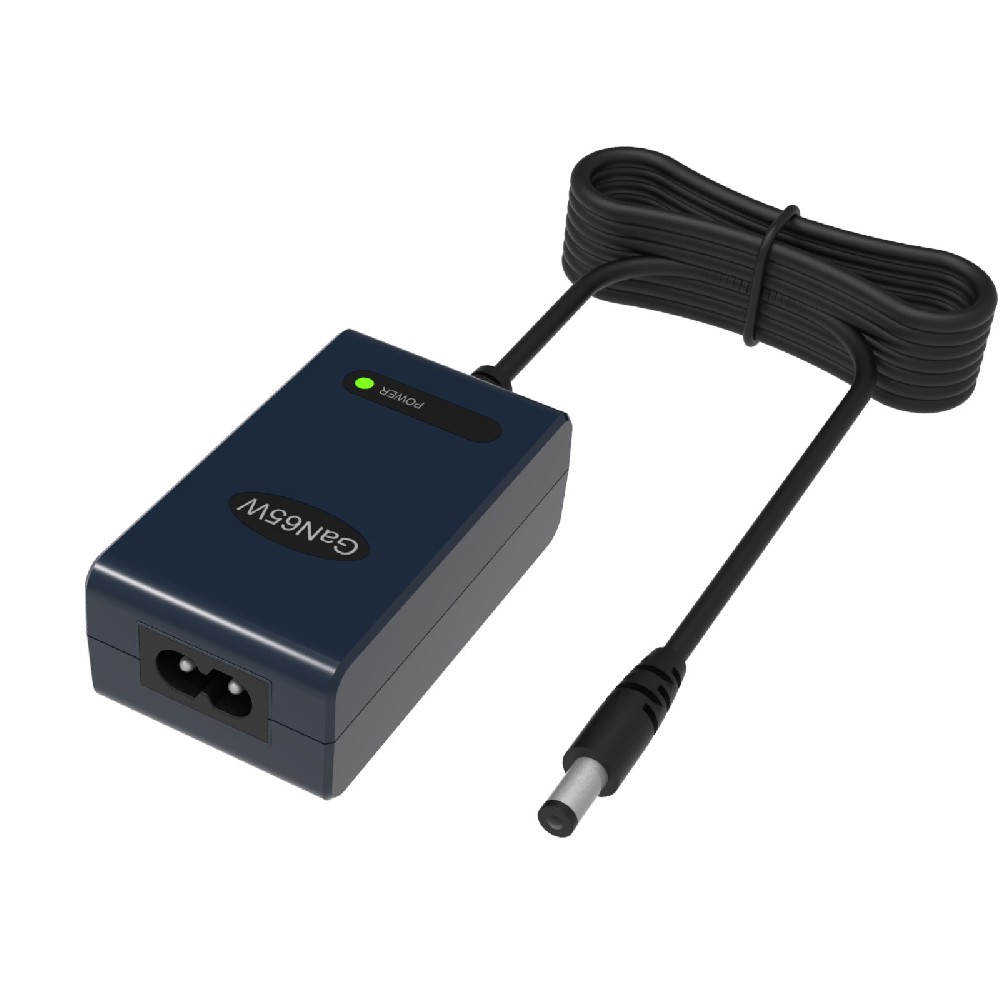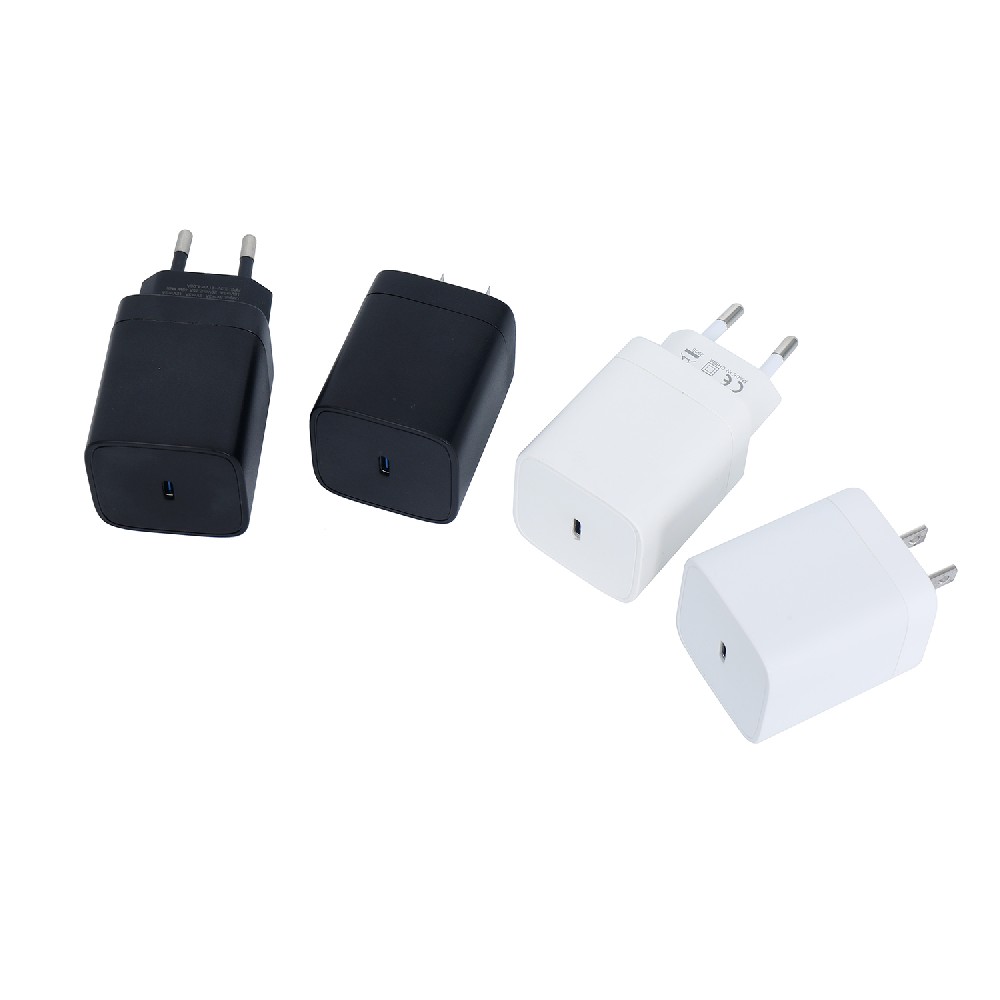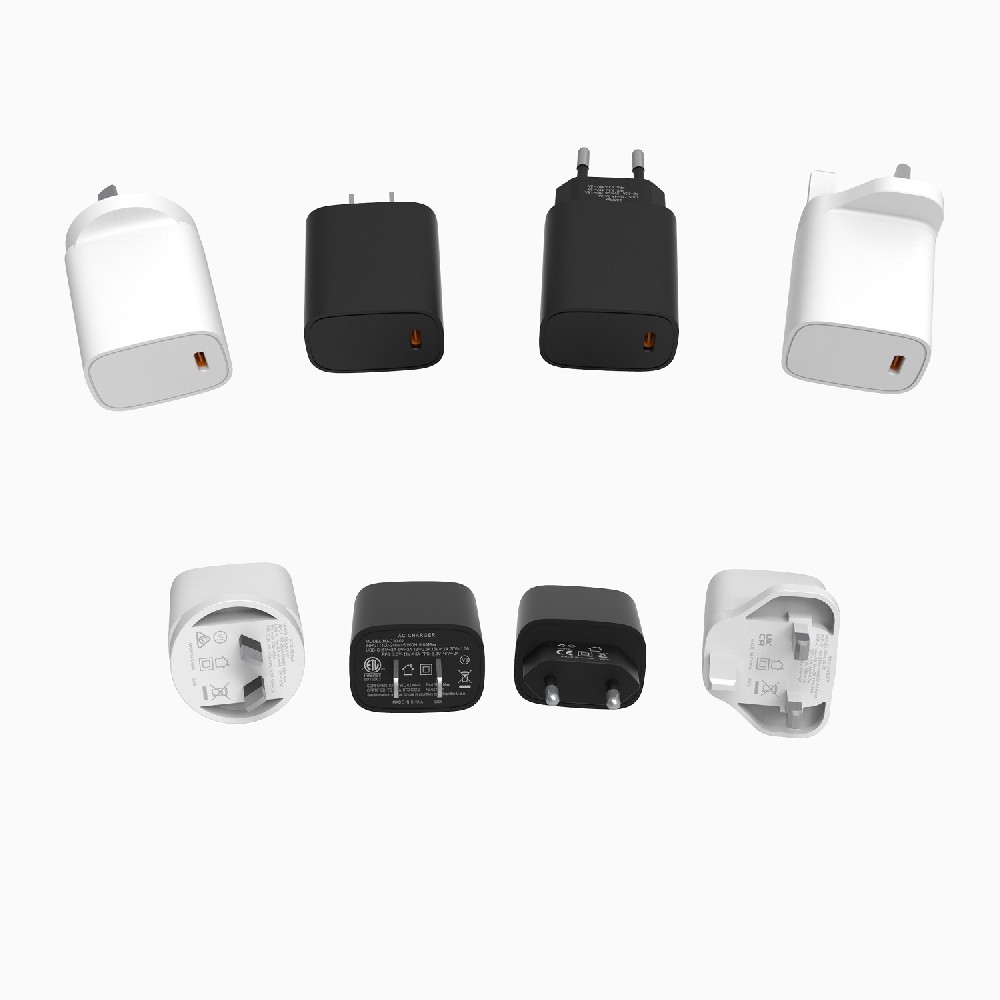Information Center
Power Up Safely: The Essential Guide to Using Li-ion Battery Chargers
Published:2023-07-31 00:31:20 Author:Green WCND Views:50Li-ion Battery Charger Instructions

Li-ion (Lithium-ion) batteries are becoming increasingly popular in electronic devices such as smartphones, laptops, tablets, and cameras because of their lightweight and high-energy density characteristics. To ensure that these batteries are used effectively and safely, it is important to follow the instructions provided with the Li-ion battery charger.

1. Compatibility

Ensure that the Li-ion battery charger is compatible with your specific Li-ion battery model. Using an incompatible charger may damage the battery or cause safety hazards such as overheating or explosion.
2. Power Input
Make sure the power input of the charger matches the local power outlet voltage and frequency. Li-ion battery chargers typically come with an AC adapter that can be used with different types of power outlets, but ensure that the adapter settings are adjusted accordingly.
3. Charging Time
Li-ion batteries have a limited charging time, and they should not be overcharged. Overcharging can damage the battery and reduce its lifespan. To avoid overcharging, check the charging time recommended by the manufacturer and set the charger timer accordingly. Most Li-ion battery chargers are equipped with timers that automatically stop charging when the battery is fully charged.
4. Charging Status
Always check the charging status of the Li-ion battery during the charging process. Most chargers have LEDs that indicate the charging status, such as charging, fully charged, or faulty. If the LED indicates a fault, stop using the charger and seek technical assistance from the manufacturer or authorized dealer.
5. Temperature
Li-ion batteries are sensitive to temperature changes, and extreme temperatures can damage the battery or decrease its lifespan. Avoid charging the battery in very hot or cold environments, and always maintain the charging temperature within the range recommended by the manufacturer.
6. Safety Precautions
Always follow the safety precautions recommended by the manufacturer when using Li-ion battery chargers. Do not touch the charger or the battery with wet hands, and keep them away from water or other liquids. Do not expose the charger or the battery to fire or heat sources, and avoid dropping or bumping them.
7. Storage
When not using the Li-ion battery or charger, store them in a cool and dry place. Do not leave the battery or charger exposed to direct sunlight or high temperatures, as this may damage them. Do not store the battery or charger in a place where it can be easily damaged or knocked over.
In conclusion, Li-ion battery chargers are a safe and efficient way to charge Li-ion batteries. The key is to follow the instructions provided by the manufacturer carefully and to take the necessary precautions to ensure safety and longevity of the battery and charger.
The battery pack is the heart of a golf cart, silently powering every acceleration and climb on the green. However, battery degradation often goes unnoticed, mu···
The battery pack is the heart of a golf cart’s power system, yet maintaining it has long been a challenge for technicians. Traditional troubleshooting methods—···
For golf course managers, ensuring smooth and efficient operations is crucial for providing a memorable experience for golfers and maintaining the reputation of···
A battery tester ensures golf course cart batteries operate efficiently and reduces downtime through the following ways:I. Precise Battery Condition DiagnosisOp···





